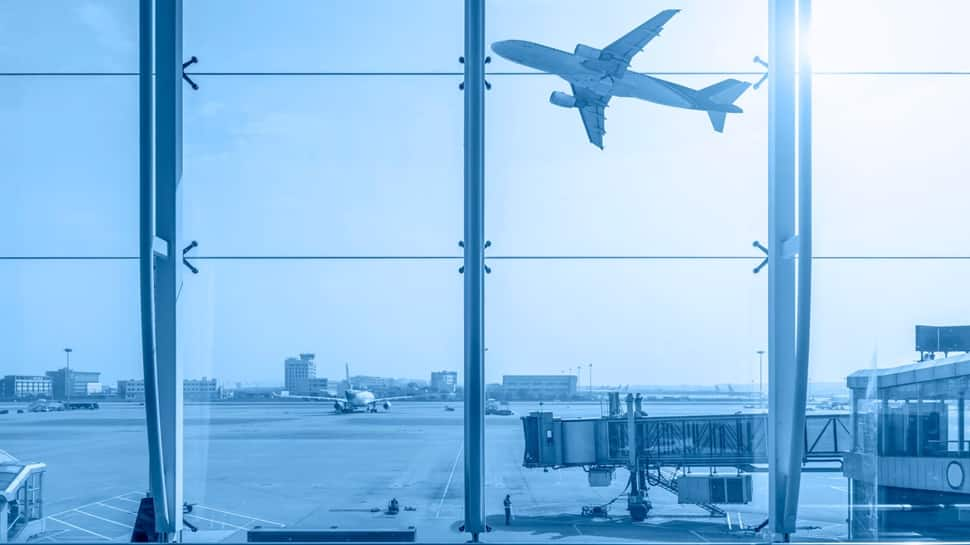Pakistan has closed its airspace for India after New Delhi took stringent measures downgrading the diplomatic ties with Islamabad following the Pahalgam terror attack. While Pakistan reciprocated the suspension of SAARC visas as done by India, both countries have reduced their diplomatic staff as well. After India suspended the Indus Water Treaty, Pakistan claimed that it gave a strong response to India by shutting their airspace for the Indian plane. However, the beleaguered country is facing a financial challenge and the move is set to cost it millions. While Indian airlines are facing a 15-30% surge in fuel costs due to a bit longer flight routes, Pakistan is losing millions in overflight fees.
What Is Overflight Fee?
An overflight fee is a charge that a country imposes on airlines for the right to fly over its airspace without landing. These fees are typically paid by the airline to the country whose airspace is being used and help cover the costs of air traffic control services and infrastructure maintenance.
How Pakistan Is Facing Losses
Pakistan is facing financial losses due to closing its airspace to Indian flights primarily because of lost revenue from overflight fees. Normally, Indian flights pay overflight fees to Pakistan for using its air traffic corridors. Blocking these flights means Pakistan forfeits millions of dollars in potential earnings. During the 2019 airspace closure following the Pulwama attack and Balakot strike, Pakistan reportedly lost over $50 million in overflight revenue in a few months.
During that period, approximately 400 flights were disrupted each day, leading to significant financial losses for both Pakistan’s Civil Aviation Authority (CAA) and Pakistan International Airlines (PIA).
According to India Today report, a Boeing 737 incurred around $580 in overflight fees when flying through Pakistani airspace, with larger aircraft being charged even more. Officials estimated daily losses from overflight fees alone at roughly $232,000. When additional costs such as landing and parking fees were included, total daily losses were projected to reach around $300,000.




